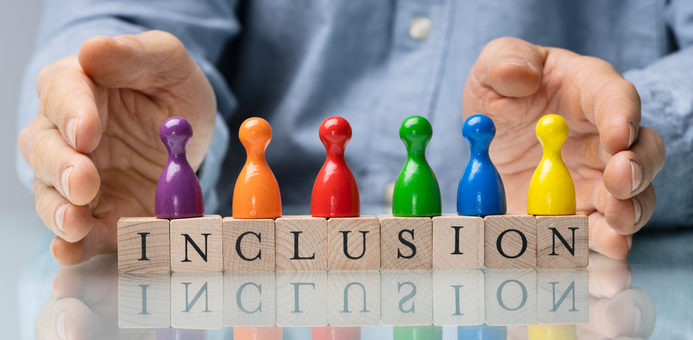 Discrimination in the hiring process can be problematic, not just for candidates who feel discriminated against, but also for businesses. Diverse and inclusive hiring practices ensure that the best candidates for the role are always found. There is a huge bank of research that has identified that businesses perform better with greater gender and ethnic diversity. So, removing unconscious bias from the recruitment process could not only improve culture and creativity but performance, too.
Discrimination in the hiring process can be problematic, not just for candidates who feel discriminated against, but also for businesses. Diverse and inclusive hiring practices ensure that the best candidates for the role are always found. There is a huge bank of research that has identified that businesses perform better with greater gender and ethnic diversity. So, removing unconscious bias from the recruitment process could not only improve culture and creativity but performance, too.
What Is Unconscious Bias?
In a recruitment context it’s where an opinion is formed by the employer or recruiter that is based only on a first impression of the candidate. This could be formed when reading their name on a CV or when you see them for the first time. The point is that these judgments are usually irrelevant to whether or not they can do the job. While we attribute this kind of attitude to unconscious bias many organizations also engage in conscious bias, whether they are ready to admit it or not. This means employing people who they think will fit with the culture and other existing employees. However, this can create a generic environment where there is no scope for learning from others’ differences or expanding creativity and knowledge.
PREMIUM CONTENT: The Future of Diversity and Inclusion in the Contingent Workforce
Removing Unconscious Bias from Recruitment
Whether or not you can entirely remove unconscious bias from recruitment is arguable. However, there are some important steps that any business can take when it comes to ensuring that as little of this as possible is used in the process of making recruitment decisions.
- Review your entire recruitment process. This starts with the job ads and the marketing that you’re using to attract candidates — is the language used designed to attract a specific gender or exclude a certain race? One of the clearest indications of this is if you are only getting applications from one type of candidate. Follow the recruitment process through to the end point — are your eventual hires all much too similar? It can also be useful to look at review sites and see what candidates say about their experience of going through the recruitment process with you.
- Use technology. It’s worth bearing in mind that the biases of those who create software programs and algorithms can end up embedded in them. However, technology still has a useful role to play in helping to eliminate unconscious bias in recruitment. For example, you can use it to block names and photos during initial stages, to automatically post ads in different locations so you have a broader reach than usual and even to remove all personal information from recruitment and focus on aptitude tests instead.
- Look inward. If your organization is clearly lacking in diversity — e.g. there are few women in high level roles — then it may be necessary to work out how this as happened. Looking at training, business objectives and even pay and benefits structures could all provide a clue as to how unconscious bias has shaped your existing workforce.
Removing unconscious bias isn’t about being politically correct but ensuring that you’re not holding your business back by crippling it in terms of diversity and inclusion.